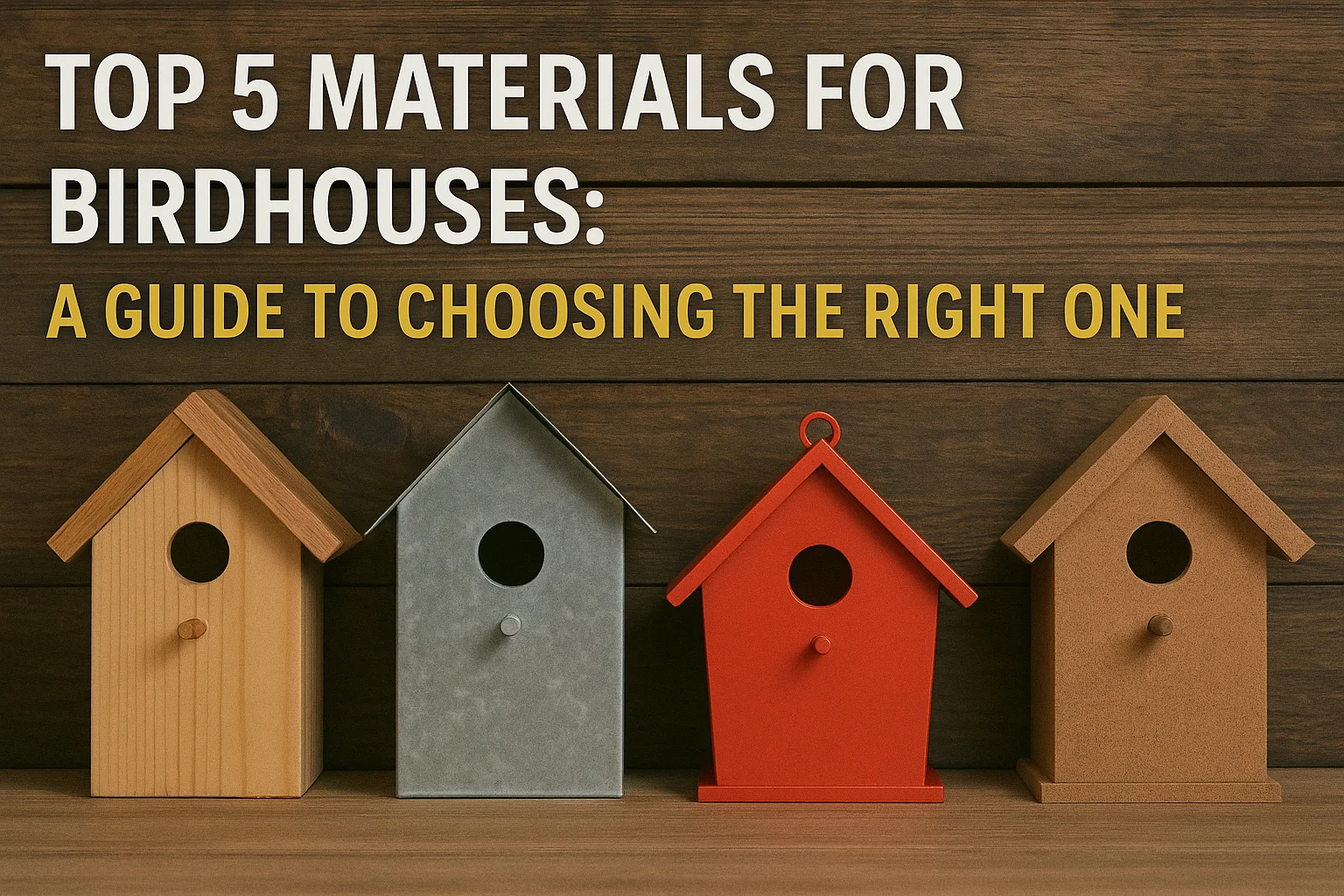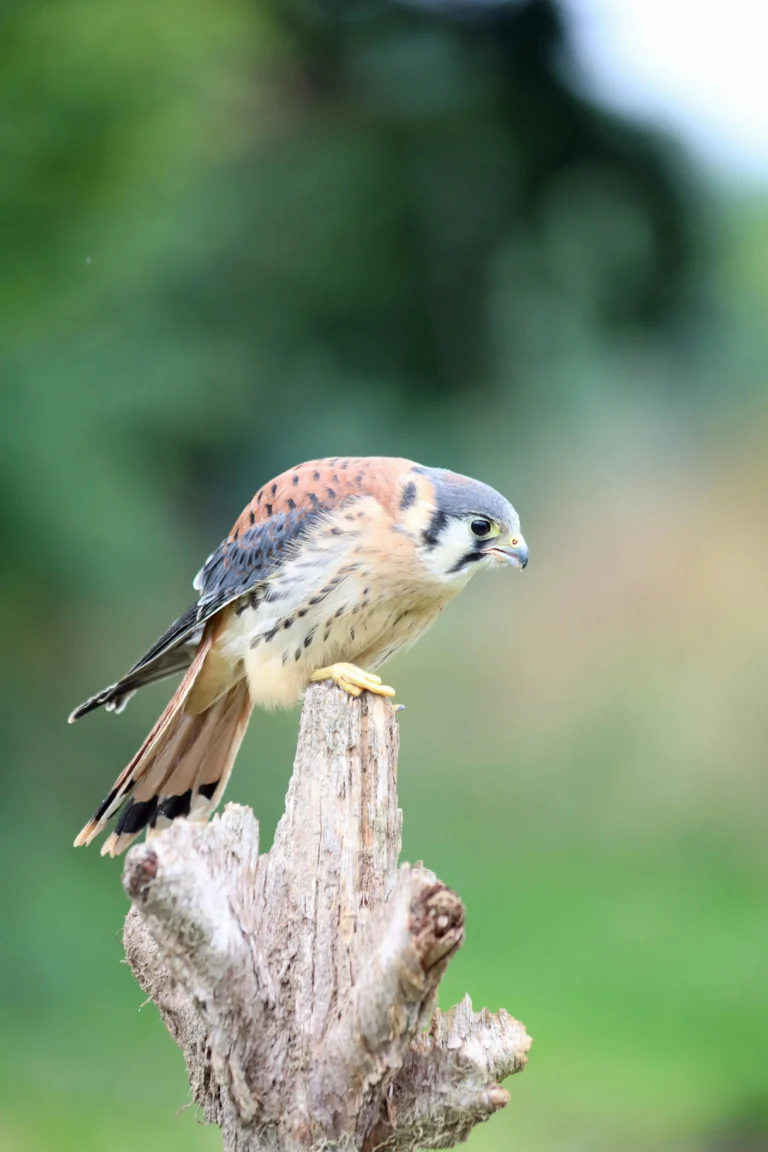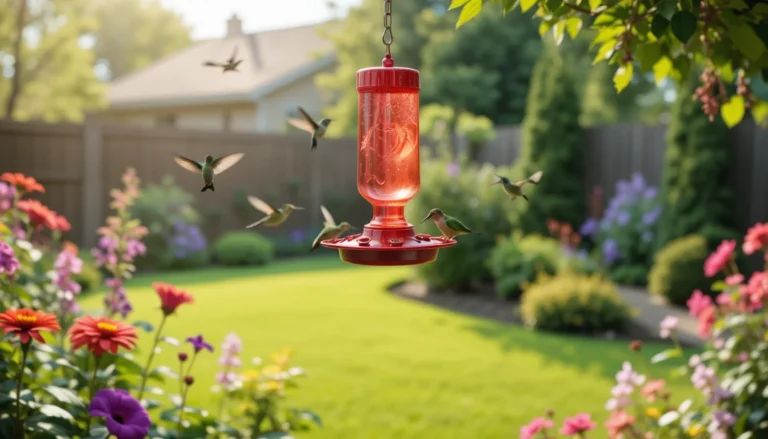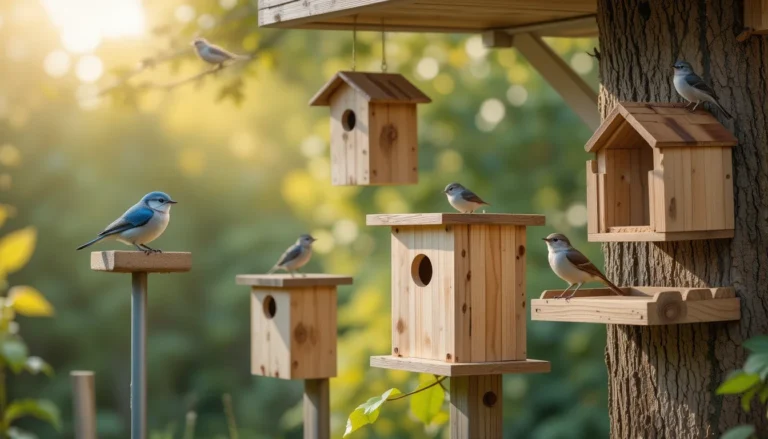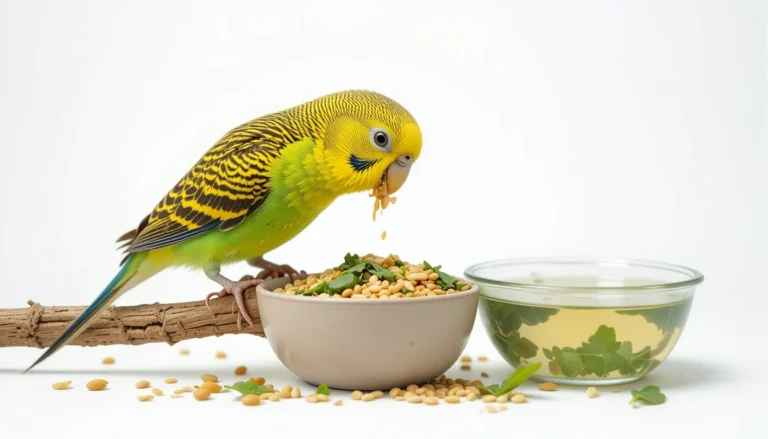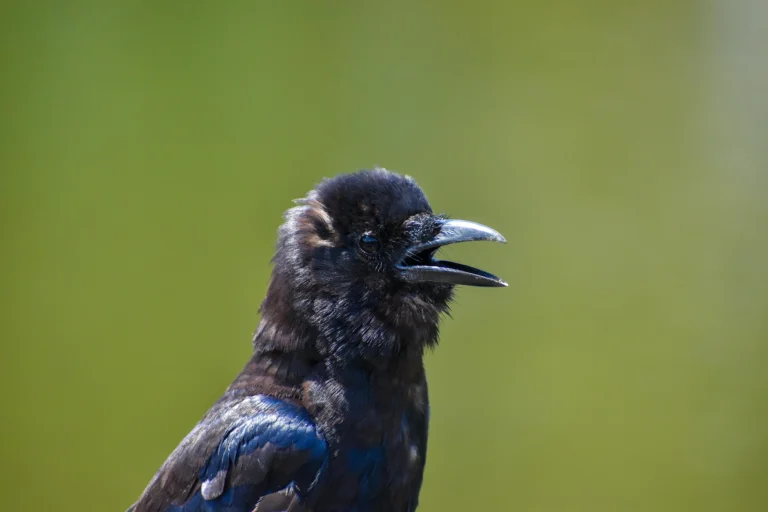Birds bring life, color, and peaceful sounds to gardens and backyards. But they don’t visit by accident. To attract birds, help them nest, and keep them coming back year after year, it’s important to provide a safe, comfortable, and well-designed bird nest box.
Choosing the right birdhouse means understanding the needs of different bird species, local weather conditions, and the best placement to keep birds protected from predators and harsh environments. The material, size, and ventilation of the nest box also play a big role in attracting birds and keeping their young safe.
Using proper birdhouse placement techniques and offering the right shelter can turn any backyard into a bird-friendly habitat. This supports healthy nesting, keeps birds safe, and encourages natural bird behavior close to home.
1. Natural Wood Bird Houses
Wood is the classic choice for a reason. It’s breathable, insulates well, and blends naturally with the environment. Birds instinctively trust wooden nest boxes because they mimic tree cavities. It is best for Most backyard bird species — chickadees, wrens, bluebirds, nuthatches.
Pros:
1. Excellent insulation from heat and cold
2. Long lifespan with proper sealing
3. Can be painted or decorated
4. Fits both large and small designs
Cons:
1. Requires occasional maintenance to prevent rot
2. Can be heavier than other materials
Top Pick: Cedar Wooden Bird House – Durable and Weather-Resistant
2. Plywood Bird Boxes
Plywood boxes are affordable and lighter than solid wood. They can be painted or stained to match your garden, and if maintained well, they can last several years. It is best for Budget-conscious birders who still want a wooden option.
Pros:
1. Lower cost compared to solid wood
2. Lightweight and easy to mount
3. Customizable with paint
Cons:
1. Can warp if not weather-treat
2.Less durable than cedar or oak
Top Pick: Paint-Your-Own Wooden Bird House Kit
3. Plastic Bird Houses
Plastic bird houses are gaining popularity for their lightweight build and easy cleaning. They resist moisture damage and don’t attract insects. It is best for Wet climates and easy maintenance.
Pros:
1. Waterproof and mold-resistant
2. Very lightweight
3. Easy to clean and disinfect
Cons:
1. Can overheat in direct sunlight
2. May look less natural than wood
Top Pick: Weatherproof Plastic Bird House – Easy Clean Design
4. Metal Bird Houses
Metal bird houses are more about style than practicality. While they can look striking, metal conducts heat quickly, which can be dangerous in hot climates. It is best for Specialty or decorative use. choosing and placing bird houses to create the perfect nesting spot in your backyard.
Pros
1. Very durable and long-lasting
2. Resistant to chewing pests
3. Attractive, modern look
Cons:
1. Can overheat in summer
2. Not ideal for sensitive species
Top Pick: Decorative Metal Bird House – Garden Accent Piece
5. Recycled & Composite Materials
Made from recycled plastic and wood fibers, composite bird houses combine the look of wood with the durability of plastic. It is best for Eco-conscious birders.
Pros
1. Weatherproof and rot-resistant
2. Eco-friendly
3. Low maintenance
Cons
1. Can be more expensive
2. Limited design variety
Top Pick: Eco-Friendly Composite Bird House – Sustainable Design
My Personal Recommendation
After years of testing different materials in my own backyard — from harsh winter frosts to scorching summer heat — cedar wood comes out on top.
Why cedar?
- Naturally weather-resistant without toxic treatments
- Repels insects naturally
- Keeps internal temperature stable for eggs and chicks
- Blends into natural surroundings, so birds feel safe
If I had to choose just one nest box material for all-around performance, it would be a cedar wooden bird house with proper ventilation and drainage. This is the best bird nest box for my personal experience. Check Today’s Best-Selling Cedar Bird House.
Buying Guide: Choosing the Right Bird Nest Box Material
1. Climate
Wooden bird houses provide natural insulation, keeping nests comfortable year-round. They’re ideal for hot summers and cold winters. In wetter climates, plastic is better as it resists water damage and mold.
2. Bird Species
Cavity-nesting birds like bluebirds and wrens prefer wood for its natural feel. Plastic works for adaptable species like swallows. Always match the material to the bird species you want to attract.
3. Maintenance
Plastic bird houses require little care and last for years without rot. Wooden houses need yearly sealing or repainting. However, many bird lovers enjoy maintaining the natural look of wood.
4. Budget
Plywood is a low-cost option for beginners. Composite or cedar wood offers premium durability but costs more. Choose based on how long you want the house to last.
5. Aesthetics
Wooden houses can be painted or stained to match your garden style. Plastic comes in ready-made colorful designs. Your choice depends on whether you prefer rustic charm or vibrant color.
FAQs
Cedar wood is the best all-rounder for insulation, durability, and safety.
Yes, if placed in shaded areas to prevent overheating.
They can work in cooler climates, but avoid them in hot areas.
Cedar can last 5–10 years with proper maintenance.
Yes, as long as you use non-toxic, water-based paints.
Final Thoughts
Choosing the right bird nest box material is just as important as choosing the right design. The wrong choice can mean an empty bird house, while the right one can turn your yard into a thriving bird sanctuary.
From my own experience, cedar wood offers the best balance of safety, comfort, and longevity. If you’re looking for a “buy once, use for years” solution, go for a cedar bird house with good ventilation.
With the right material, you’re not just putting up a bird house — you’re building a safe, welcoming home for generations of feathered friends.

